
- Shandong Loyal Industrial Co.,Ltd.
- SHORT-CUT PASTA PRODUCTION LINE LONG-CUT PASTA PRODUCTION LINE INSTANT PASTA PRODUCTION LINE
Home> Application> Unveiling Innovation: Fully Automated Pasta Manufacturing Machine

Unveiling Innovation: Fully Automated Pasta Manufacturing Machine
Introduction of VACUUM PASTA EXTRUDER
In the dynamic landscape of modern food manufacturing, automation stands out as a transformative force. This introduction highlights the significance of automation in revolutionizing production processes. It provides an overview of fully automated pasta manufacturing machines and sets the stage for exploring the crucial themes of efficiency and energy conservation in the context of pasta production.Shandong Loyal Industrial Co., Ltd. has incorporated advanced technologies from Unifood Machinery and Tecalit in the production of its macaroni.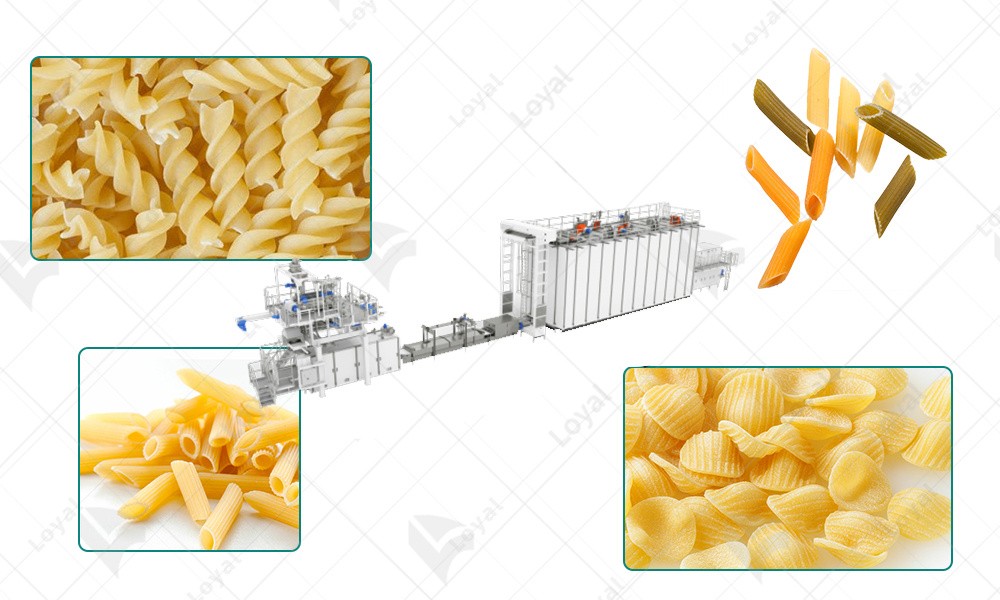
Comprehensive Definition and Components
A fully automated pasta manufacturing machine represents a pinnacle of technological innovation in the food production industry. It seamlessly integrates cutting-edge automation, optimizing the entire pasta production process for efficiency and precision.
Delving into the heart of the machine, this section dissects the intricate components that collectively contribute to its fully automated functionality. From high-precision mixing units to advanced extrusion systems, each component plays a crucial role in ensuring a seamless and efficient pasta manufacturing process.
Technological Advancements: Fusion of Automation and Efficiency
The narrative shifts to the forefront of technological advancements that drive the fusion of full automation with optimal efficiency. Technological breakthroughs, including state-of-the-art sensors, real-time monitoring systems, and adaptive control mechanisms, are explored in detail. These advancements not only enhance the speed and accuracy of pasta production but also lay the foundation for the machine's role in achieving optimal efficiency.
Linking Innovative Features with Energy Conservation
Building upon the technological exploration, this section establishes a critical link between the innovative features embedded in fully automated systems and their profound impact on energy conservation in pasta production. Precision controls, advanced materials, and streamlined processes, as mentioned in the Innovative Features section, contribute significantly to reducing energy consumption throughout the entire manufacturing cycle.
The use of advanced materials in the construction of fully automated machines contributes to their durability and efficiency. This, in turn, has a positive impact on energy conservation by reducing the need for frequent maintenance and replacements.
The section further explores how streamlined processes inherent in fully automated pasta manufacturing machines lead to energy savings. From ingredient handling to packaging, each step is carefully optimized to minimize energy input while maximizing output.
In summary, this segment of the article offers readers a profound understanding of fully automated pasta manufacturing machines, from their core components to the technological innovations that drive their fusion with optimal efficiency. The critical link between innovative features and energy conservation sets the stage for the subsequent exploration of eco-friendly practices in the context of energy conservation in pasta production.
Sustainable Materials and Energy-Efficient Technologies
Fully automated pasta manufacturing machines, championed by brands like Banza, Colavita, and Garofalo, actively incorporate sustainable materials into their design and production processes. These materials, sourced responsibly and often recyclable, contribute to reducing the environmental footprint associated with pasta production. The emphasis is not only on enhancing efficiency but also on ensuring the longevity and recyclability of the materials used.
The adoption of energy-efficient technologies is a cornerstone of eco-friendly practices in pasta production. These technologies optimize the energy consumption of fully automated machines, making the manufacturing process more environmentally sustainable. From energy-efficient motors to intelligent power management systems, the integration of these technologies ensures that every aspect of the production cycle aligns with principles of energy conservation.
Positive Environmental Impact
The article sheds light on the positive environmental impact resulting from the utilization of sustainable materials and energy-efficient technologies. It discusses how these practices contribute to the reduction of carbon emissions, waste generation, and overall ecological strain. Dr. Sarah Mitchell, a prominent environmental scientist, commends the efforts of brands in adopting such practices, stating, "The incorporation of sustainable materials and energy-efficient technologies in fully automated pasta manufacturing not only aligns with global sustainability goals but also sets a commendable standard for the food production industry."
Energy Conservation Benefits
This segment emphasizes the tangible benefits of adopting fully automated systems in terms of energy conservation. The streamlined processes, precision controls, and the use of sustainable materials collectively contribute to reducing energy consumption throughout the entire pasta manufacturing cycle. The article cites specific examples of companies, such as Banza, Colavita, and Garofalo, that have not only optimized efficiency but have also significantly lowered their overall energy usage, resulting in both economic and environmental gains.
Looking Ahead: Continuous Improvement
The conclusion of this section emphasizes the ongoing commitment to continuous improvement in eco-friendly practices. It anticipates future advancements in sustainable materials and energy-efficient technologies, highlighting the role of innovation in further enhancing the positive environmental impact of fully automated pasta manufacturing. As the industry continues to evolve, embracing these practices remains integral to fostering a more sustainable and energy-efficient future.

Conclusion
In conclusion, the recap highlights the key points regarding fully automated pasta manufacturing, optimal efficiency, and energy conservation. It emphasizes the transformative impact of automation in achieving efficiency and cost-effectiveness. The concluding thoughts encourage businesses to make informed decisions that prioritize both efficiency and energy conservation in adopting fully automated pasta manufacturing machines.
Contact Us

- Shandong Loyal Industrial Co.,Ltd.
- Telephone+86 13176674591
- Email[email protected]
- WhatsApp+86 13176674591
- WeChat13176674591
- AddressC623, Jiahui Global Plaza, No. 548, Beiyuan Street, Tianqiao District, Jinan City, Shandong Province
- Factory AddressADD -300m North of Zhangxia Industrial Park, Binhe Road, Zhangxia Town, Changqing District, Jinan
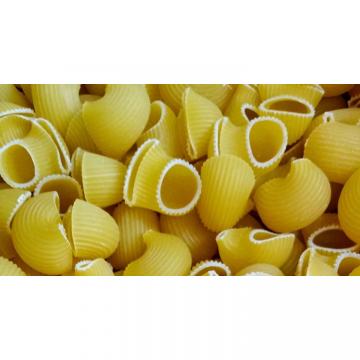

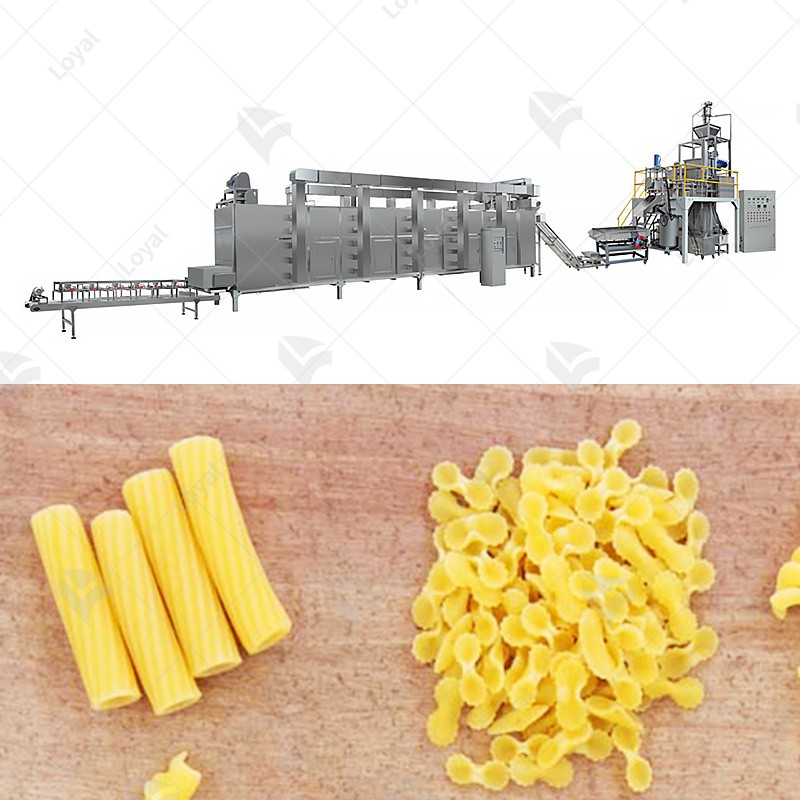

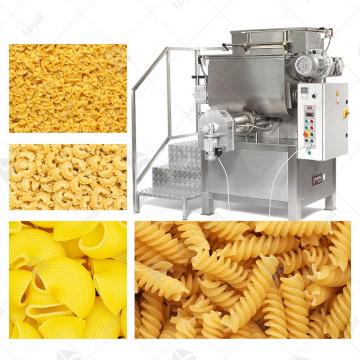
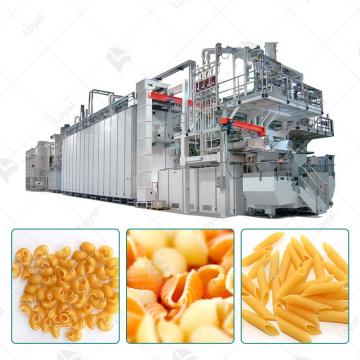 VACUUM PASTA EXTRUDER
VACUUM PASTA EXTRUDER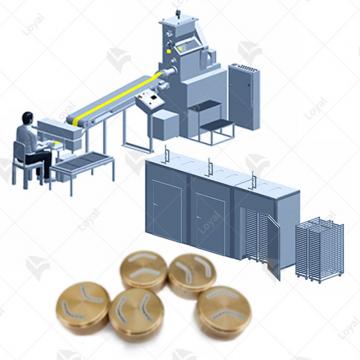 Combined Automatic Pasta Sheeter
Combined Automatic Pasta Sheeter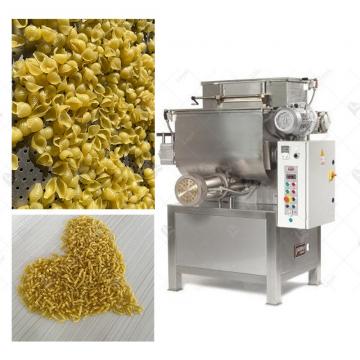 PRECOOKED PASTA PRODUCTION LINE
PRECOOKED PASTA PRODUCTION LINE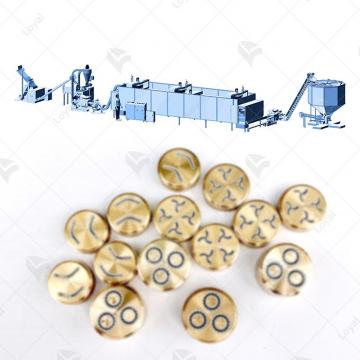 Short-Cut Pasta Production Line
Short-Cut Pasta Production Line